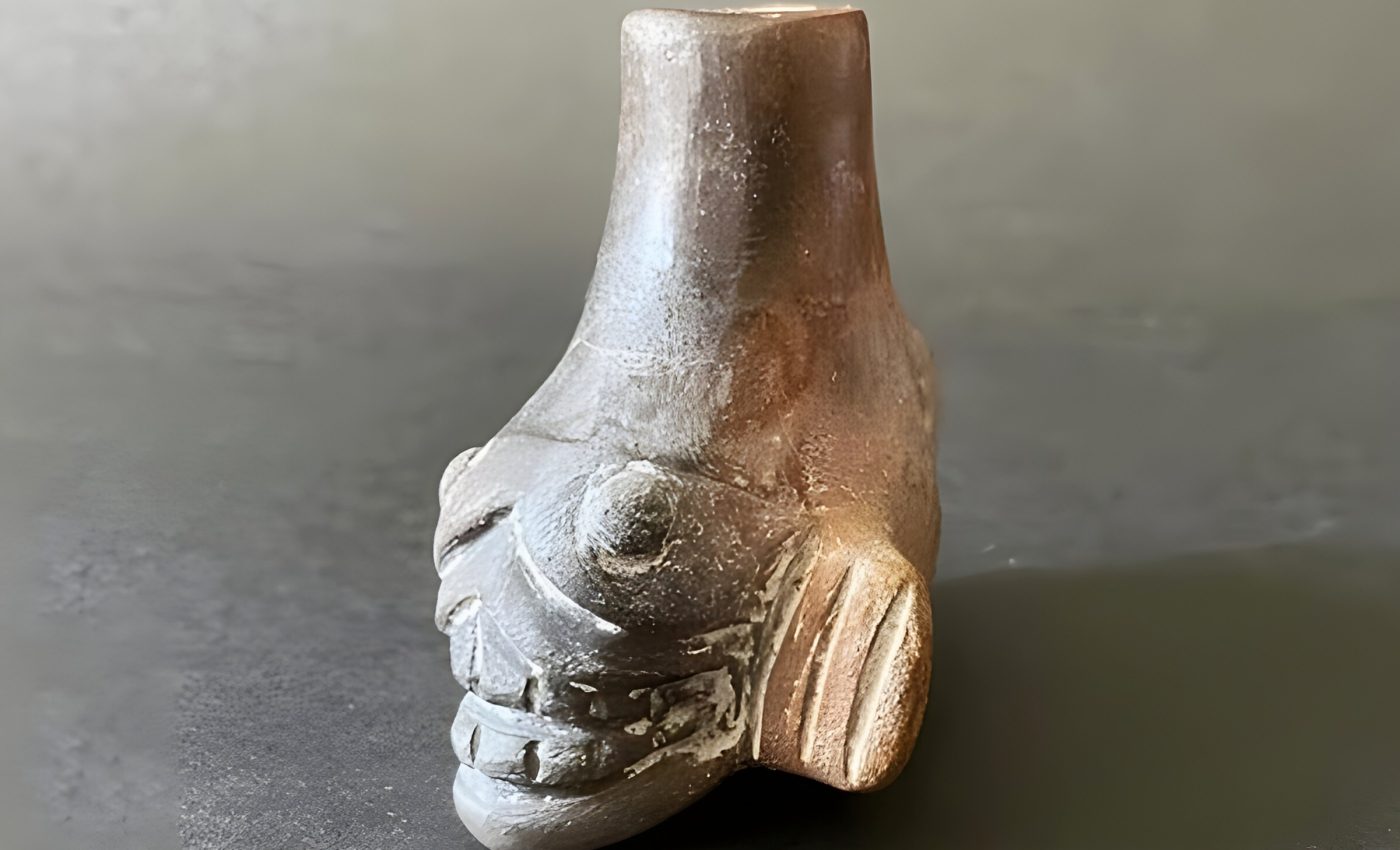
Secrets of the Aztec death whistle's terrifying sound
History is filled with mysterious artifacts, and the Aztec death whistle is an intriguing example.
Imagine a musical instrument with the sound of a terrifying, blood-curdling scream. This unusual whistle had a place in the fascinating world of the Aztec civilization during the pre-Columbian era in Mesoamerica.
This rich cultural context presents a labyrinth of mythology that is steeped in fearsome deities and chilling rituals – many of which may have employed this eerie instrument to good effect.
The death whistle’s skull-shaped design is believed to symbolize Mictlantecuhtli, the fearsome Lord of the Aztec Underworld.
The instrument’s chilling sound may have served as a sorrowful fanfare preceding human sacrifices, at a time when the victims were being prepared for their mythical descent into Mictlan, the gloomy realm of the afterlife.
Unique mechanics of the Aztec death whistle
Of course, such startling audial experiences pique the curiosity of scientists.
So it’s no surprise that a team of researchers ventured into the history-laden world of Aztec musical instruments, keen to unravel the secrets of the death whistle’s unique sonic properties.
The research was conducted at the University of Zurich, and was led by Sascha Frühholz, professor of cognitive and affective neuroscience.
The researchers embarked on their exploration using 3D digital reconstructions of original Aztec death whistles, sourced from the Ethnological Museum in Berlin.
What they discovered was a wholly peculiar internal construction that featured two opposing sound chambers able to create physical air turbulence as the source of the screeching sound.
“The whistles have a very unique construction, and we don’t know of any comparable musical instrument from other pre-Columbian cultures or from other historical and contemporary context,” noted Frühholz.
The emotive impact of the death whistle
Undeniably, the chilling whistle of death is one of a kind. But what makes it so terrifying?
To answer this, the Swiss research team gathered sound recordings of people blowing original Aztec death whistles, and compared them to those blowing handmade replicas.
When played back, listeners described the sounds as extremely chilling and frightening.
According to the research analysis, the Aztec death whistle seems to mimic other deterring and fearsome sounds, both acoustically and affectively.
Intriguingly, human listeners perceived the whistle’s sound to be partly organic and natural, like a human voice or scream.
“This is consistent with the tradition of many ancient cultures to capture natural sounds in musical instruments, and could explain the ritual dimension of the death whistle sound for mimicking mythological entities,” said Frühholz.
Psychological responses to the death whistle
Digging deeper into the human reaction to the mysterious instrument, brain recordings were made while listeners were exposed to the whistle’s sounds.
The results showed significant response in the regions belonging to the affective neural system, highlighting the eerie and sinister nature of the sound.
Moreover, the team observed brain activity in regions that associate sounds with symbolic meaning, suggesting that the death whistle combines both affective influence and complex mental processes of sound symbolism.
Linking modern minds to ancient Aztec audiences
The power of music to stir emotions has been recognized across cultures and eras.
Similarly, the Aztec communities may have utilized the death whistle’s symbolic and unnerving properties during their ritual ceremonies.
They may have capitalized on the fear and awe inspired by the whistle to sway the audience’s emotional state.
“Unfortunately, we could not perform our psychological and neuroscientific experiments with humans from ancient Aztec cultures. But the basic mechanisms of affective response to scary sounds are common to humans from all historical contexts,” said Frühholz.
Using sounds to evoke emotions
The Aztec death whistle offers a fascinating glimpse into how ancient cultures harnessed sound to evoke emotions and communicate profound ideas. Its chilling resonance reminds us of the universal power of sound to influence human psychology.
Modern studies on the death whistle’s acoustic properties highlight its ability to mimic organic sounds, such as screams, which are universally recognized as distress signals.
This unique feature has opened doors for contemporary researchers to explore parallels between ancient instruments and the science of sound perception.
For instance, understanding how the whistle triggers fear and awe in listeners provides insight into how humans react to auditory cues in both natural and artificial environments.
These findings have applications in fields ranging from neuroscience to sound design, demonstrating the enduring relevance of this ancient artifact.
The Aztec death whistle’s haunting legacy not only sheds light on the creativity of the Aztec civilization but also challenges us to consider the cultural significance of sound in shaping human experience across history.
The study is published in the journal Communications Psychology.
Image Credit: Sascha Frühholz
Video Credit: University of Zurich
—–
Like what you read? Subscribe to our newsletter for engaging articles, exclusive content, and the latest updates.
Check us out on EarthSnap, a free app brought to you by Eric Ralls and Earth.com.
—–













